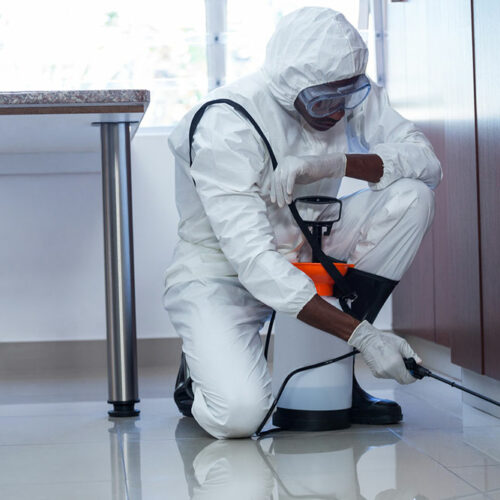7 telltale signs of a charity scam

One of the perks of social media and technology is that they help people stay connected with the world. While that is an advantage, one of the many disadvantages of easy information sharing is an increase in scam schemes, especially charity scams. Scammers capitalize on a donor’s goodwill and try to line their pockets with the donated money. Here are some of the telltale signs of a charity scam that should not be missed. 1. Giving insufficient charity details Every charity organization has its purpose and mission statement ready. These are some basic details an organization is always prepared with. Donors usually look at these mission statements and purposes to determine if there is an alignment in their thoughts and mission. If a charity cannot provide these details, it could be a sign that they are not a legitimate charity. Some of the questions to ask them are mentioned below: Where does the charity work, and where is the headquarters located? How is the donation money used? What is the organization’s tax-exempt number? Does all the money go directly to the program or only some percentage? 2. Pretending to be an employee of a known organization Some scammers will call to thank a donor for a gift they received for a cause of the donor’s choice.






